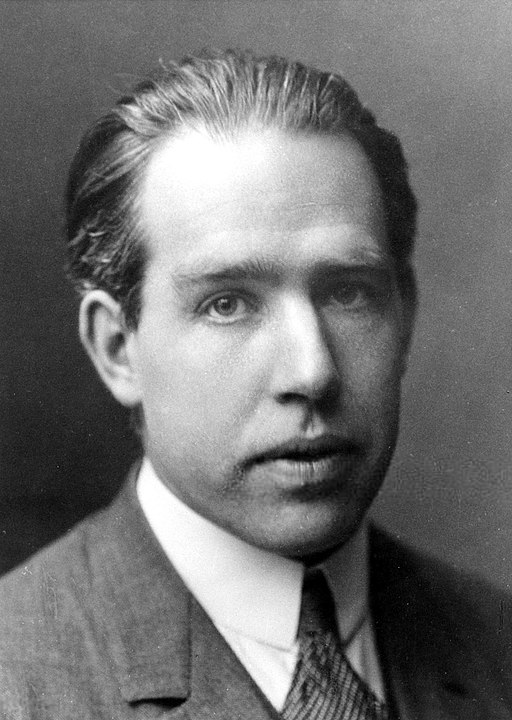Why was Niels Bohr Awarded the Noble Prize for Physics in 1922?
Unveiling Niels Bohr's Nobel Prize-Winning Contributions to Physics in 1922
Niels Bohr, a Danish physicist, made groundbreaking contributions to the field of atomic structure and quantum mechanics during the early 20th century. His pioneering work revolutionized our understanding of the atom and laid the foundation for modern physics. In recognition of his remarkable achievements, Bohr was awarded the Nobel Prize for Physics in 1922. This article explores the reasons behind Bohr’s prestigious honor and highlights his significant scientific breakthroughs.

The Bohr Model of the Atom:
Bohr’s Nobel Prize was primarily bestowed in recognition of his development of the Bohr model of the atom. Building upon Ernest Rutherford’s planetary model, Bohr proposed a quantum mechanical description of atomic structure. In 1913, he introduced the revolutionary concept that electrons orbit the nucleus in discrete energy levels, or shells, rather than in a continuous manner.
This model successfully explained the stability of atoms and the discrete nature of atomic spectra, thus providing a breakthrough in understanding the behavior of electrons within atoms. Bohr’s model played a pivotal role in reconciling classical physics with the emerging field of quantum mechanics.
Quantum Theory and Atomic Spectra:
Bohr’s work on the Bohr model laid the groundwork for the development of quantum theory, which formed the basis of modern physics. By introducing the concept of quantized energy levels in the atom, Bohr effectively incorporated the principles of wave-particle duality into the atomic realm.
One of the key phenomena that the Bohr model explained was atomic spectra—the characteristic patterns of light emitted or absorbed by atoms. Bohr’s model demonstrated that the transitions of electrons between energy levels correspond to the emission or absorption of photons with specific energies. This insight revolutionized our understanding of spectroscopy and provided a solid framework for interpreting atomic spectra.
Significance of the Bohr Model:
Bohr’s model of the atom was a pivotal step in the development of quantum mechanics and had profound implications for various scientific disciplines. It laid the foundation for further advancements, including the understanding of chemical bonding, the behavior of matter at the atomic level, and the application of atomic energy. The model also facilitated the development of more accurate atomic theories, such as quantum electrodynamics.
Contribution to Nuclear Physics:
Bohr’s contributions to nuclear physics also played a crucial role in his Nobel Prize recognition. In the 1920s, he made significant progress in understanding the structure and properties of atomic nuclei. Niels Bohr proposed the concept of nuclear isotopes, elucidated the mechanism of nuclear fission, and laid the groundwork for subsequent theories of nuclear structure.
Furthermore, Bohr’s work on nuclear physics was instrumental in advancing our understanding of nuclear reactions, paving the way for future research and the development of nuclear power. His insights into the behavior of subatomic particles within the nucleus were fundamental to the emergence of the field of particle physics.
The Impact of Recognition:
The awarding of the Nobel Prize to Niels Bohr in 1922 not only honored his groundbreaking contributions but also solidified his reputation as one of the foremost physicists of his time. The recognition helped promote the significance of quantum mechanics and atomic theory, thereby influencing the direction of scientific research worldwide. Bohr’s work served as a catalyst for further investigations into the fundamental nature of matter and energy.
Conclusion:
Niels Bohr’s Nobel Prize for Physics in 1922 was a testament to his exceptional contributions to the field of physics. His development of the Bohr model of the atom revolutionized our understanding of atomic structure and paved the way for the emergence of quantum mechanics. Bohr’s insights into the behavior of electrons within atoms and his work on nuclear physics laid the foundation for numerous subsequent discoveries and advancements. The Nobel Prize recognition not only honored Bohr’s remarkable achievements but also highlighted the transformative power of his ideas and their impact on the trajectory of scientific progress.




